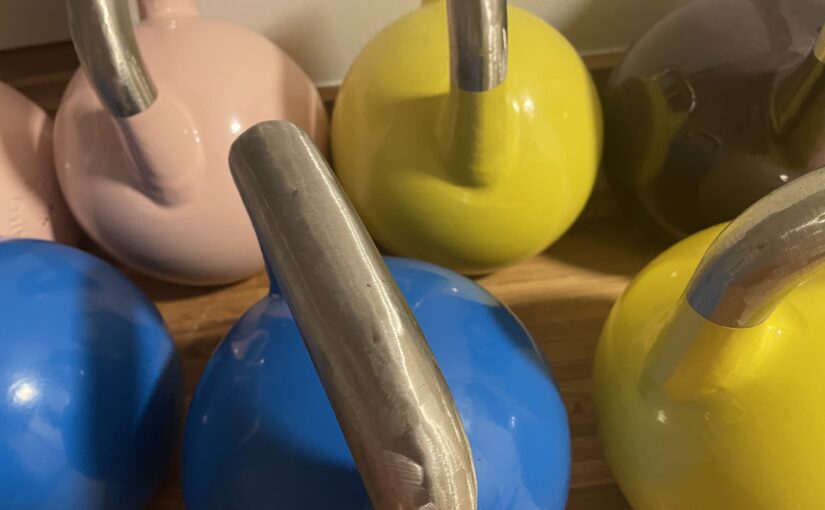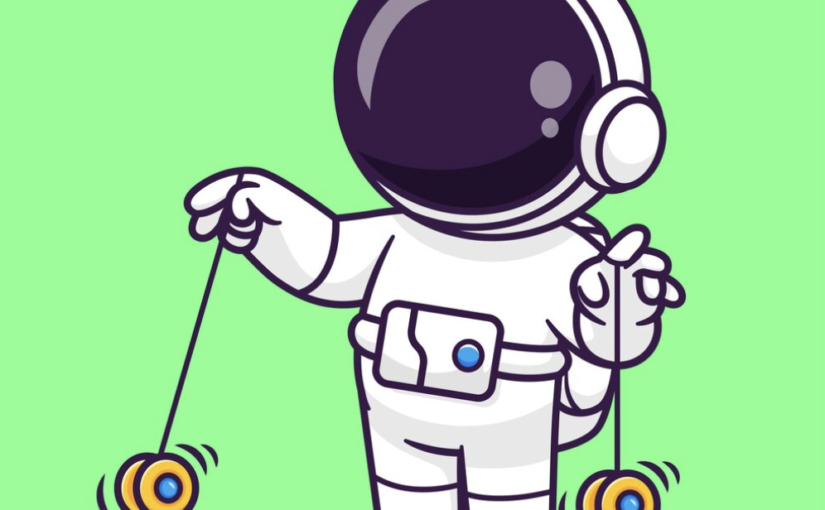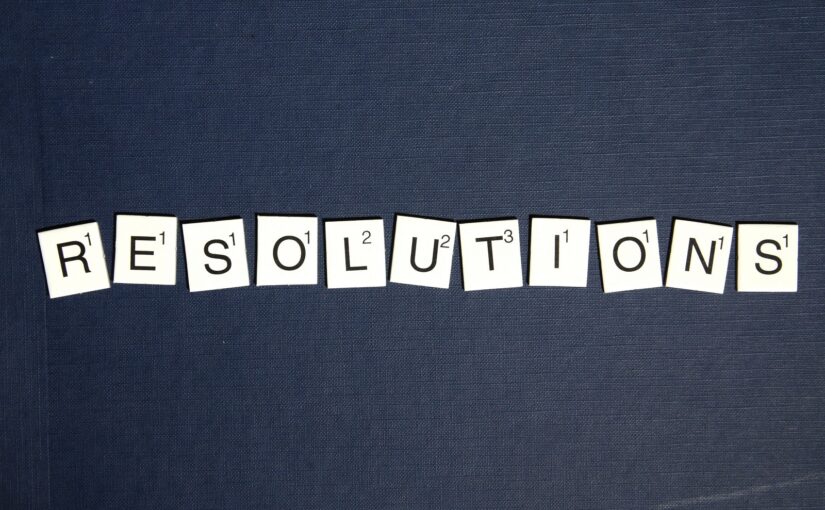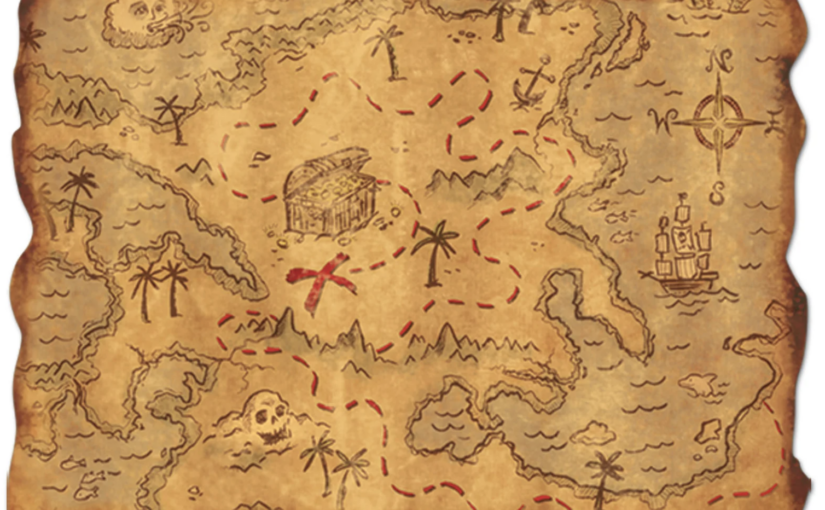Ich fange die Beschreibung meines Abenteuers in die Unabhängigkeit von Öl und Gas am Ende an. Die PV Module sind auf dem Dach, der Batteriespeicher installiert, alles in Home Assistant integriert. Und ich freue mich Tag für Tag, wie cool es ist, seinen Energiebedarf zu einem sehr großen Teil über die Sonne abzudecken (im Beitragsbild ist der Zeitverlauf mit Erzeugung bzw. Verbrauch der Energie zu sehen). Die Integration in Home Assistant war tatsächlich am Einfachsten, aber dazu später mehr.
Auf den Weg habe ich mich bereits bei der Planung unseres neuen Heims im Jahr 2018 gemacht. Für mich war damals schon klar, dass ich in absehbarer Zukunft nicht mehr von Öl und Gas abhängig sein möchte. Daher wurde eine Erdwärmepumpe (mit entsprechender Förderung) geplant. Die Bohrungen, Hausanschluss, Erzeugung der Wärme (Fußbodenheizung), Warmwasser, etc. haben auch recht reibungslos geklappt. An der Stelle nur kurz: die Heizkreisventile sind KNX fähig und damit auch über Home Assistant steuerbar.
All die Jahre fand ich dann den Charme von PV Anlagen … eher suboptimal, was sich aber mit den neuen Regelungen geändert hat. Die Förderung passt, die Verfügbarkeit hat sich nach Corona wieder halbwegs normalisiert, sodass ich Ende 2022 nach Sichtung verschiedener Anbieter ein Beratungsgespräch bei SENEC angefragt habe. Warum SENEC? Mein Gedanke war: die gehören zu EnBW und sind sicher morgen noch da und sollten wissen, wie man sowas macht. Und die “SENEC Cloud”, also das Abrufen von Energie von einem Konto, dass man über die eigene Einspeisung wieder abrufen kann, macht für mich erstmals auch ein E-Auto interessant.
Fast Forward: seit dem 12. Februar 2024 läuft nun alles. Strom wird durch die Sonne produziert, die Batterie wird geladen und gibt nach Sonnenuntergang wieder Strom ans Haus ab. Aber keineswegs so, wie es sein soll. Denn SENEC drosselt derzeit alle Speicher auf 70%, was recht ärgerlich ist. Es liegt wohl daran, dass die aktuell verbauten Batteriemodule nicht sicher sind. Und daher ausgetauscht werden sollen. Die Frage ist: wann?
Ich schreibe nach und nach weitere Artikel über die verschiedenen Phasen dieses Projekts und freue mich wie immer auf den Austausch. Let the sun shine!









